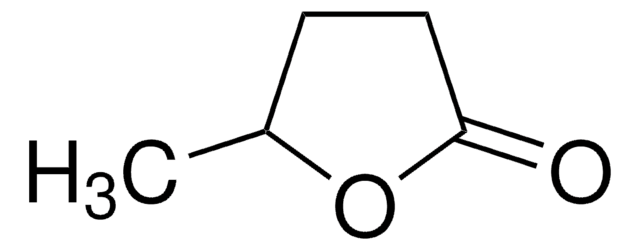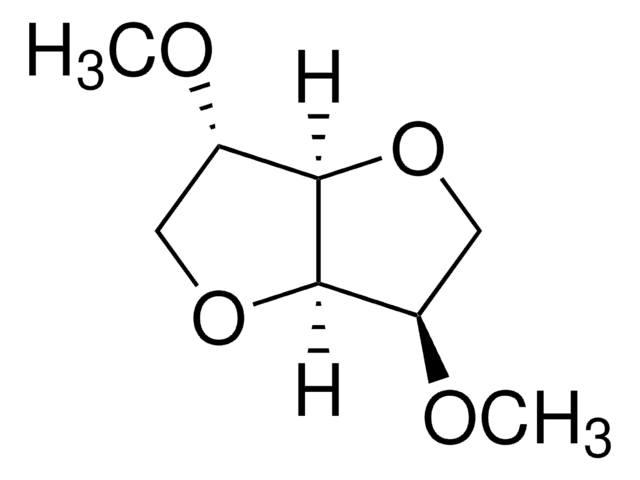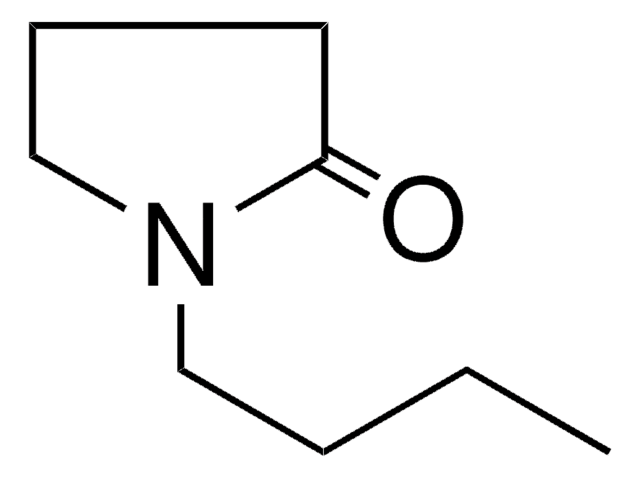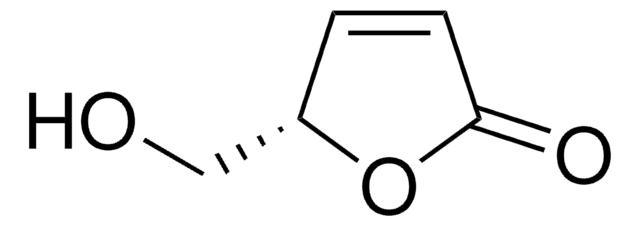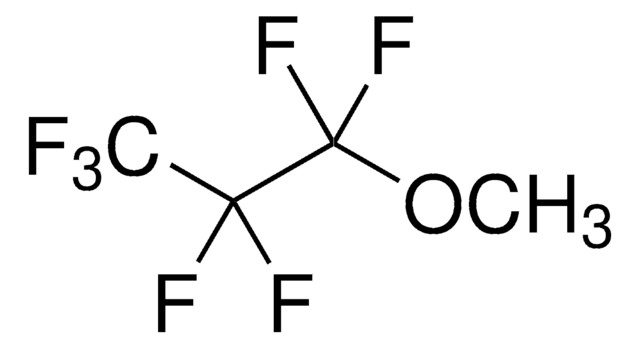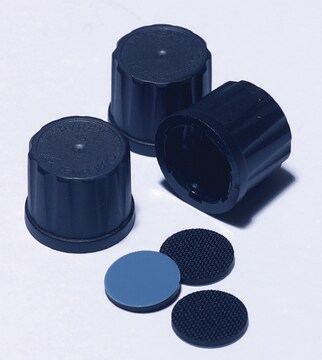807796
Cyrene™
BioRenewable, DMF and NMP Substitute
Synonim(y):
Dihydrolevoglucosenone
About This Item
Polecane produkty
Poziom jakości
Próba
≥98.5% (GC)
Postać
liquid
charakterystyka ekologicznej alternatywy
Designing Safer Chemicals
Safer Solvents and Auxiliaries
Use of Renewable Feedstocks
Learn more about the Principles of Green Chemistry.
sustainability
Greener Alternative Product
metody
: 0.5% using Water (by Karl Fischer)
tw
227 °C
mp
-18 °C
gęstość
1.25 g/mL
kategoria ekologicznej alternatywy
, Aligned
InChI
1S/C6H8O3/c7-5-2-1-4-3-8-6(5)9-4/h4,6H,1-3H2/t4-,6+/m0/s1
Klucz InChI
WHIRALQRTSITMI-UJURSFKZSA-N
Powiązane kategorie
Opis ogólny
Cyrene is a biobased dipolar, safe for end-of-life disposal, decomposing into CO2 and H2O. It is an aprotic alternative to common solvents that are of environmental concern. Cyrene™ is an alternative for many solvents classified by REACH as Substances of Very High Concern (SVHC), such as N-Methylpyrrolidone (NMP) and N,N-Dimethylformamide (DMF).
Zastosowanie
1. Dispersive ability for graphene solutions.
2. Alternative to DMF in the synthesis of metal-organic frameworks.
3. Organic synthesis:
- Cacchi-type annulation
- Synthesis of urea
- HATU Amide Coupling - Replacement for DMF in amide and dipeptide coupling reactions.
- Suzuki-Miyaura coupling reaction.
- Sonogashira coupling reaction.
- Reductive homocoupling reaction.
Cechy i korzyści
- 99% biodegradation in 28 days
- Stable during incineration
- Not mutagenic or genotoxic
- ASTM D6866 - Standard Test Methods for Determining the Biobased Content
- Made from Renewable Resource − Cellulose
Informacje prawne
Hasło ostrzegawcze
Warning
Zwroty wskazujące rodzaj zagrożenia
Zwroty wskazujące środki ostrożności
Klasyfikacja zagrożeń
Eye Irrit. 2
Kod klasy składowania
10 - Combustible liquids
Klasa zagrożenia wodnego (WGK)
WGK 1
Temperatura zapłonu (°F)
226.4 °F - closed cup
Temperatura zapłonu (°C)
108 °C - closed cup
Choose from one of the most recent versions:
Masz już ten produkt?
Dokumenty związane z niedawno zakupionymi produktami zostały zamieszczone w Bibliotece dokumentów.
Klienci oglądali również te produkty
Powiązane treści
Dlaczego miałbyś wybierać między rozpuszczalnikami, które są ekologiczne, a tymi, które są niezawodne? Korzystaj z obu jednocześnie dzięki naszym bioodnawialnym i bardziej ekologicznym rozwiązaniom. Rozpuszczalnik Cyrene™ to nowa dipolarna aprotyczna alternatywa dla popularnych rozpuszczalników objętych ograniczeniami REACH, takich jak N-metylo-2-pirolidon (NMP) i dimetyloformamid (DMF).
Nasz zespół naukowców ma doświadczenie we wszystkich obszarach badań, w tym w naukach przyrodniczych, materiałoznawstwie, syntezie chemicznej, chromatografii, analityce i wielu innych dziedzinach.
Skontaktuj się z zespołem ds. pomocy technicznej
